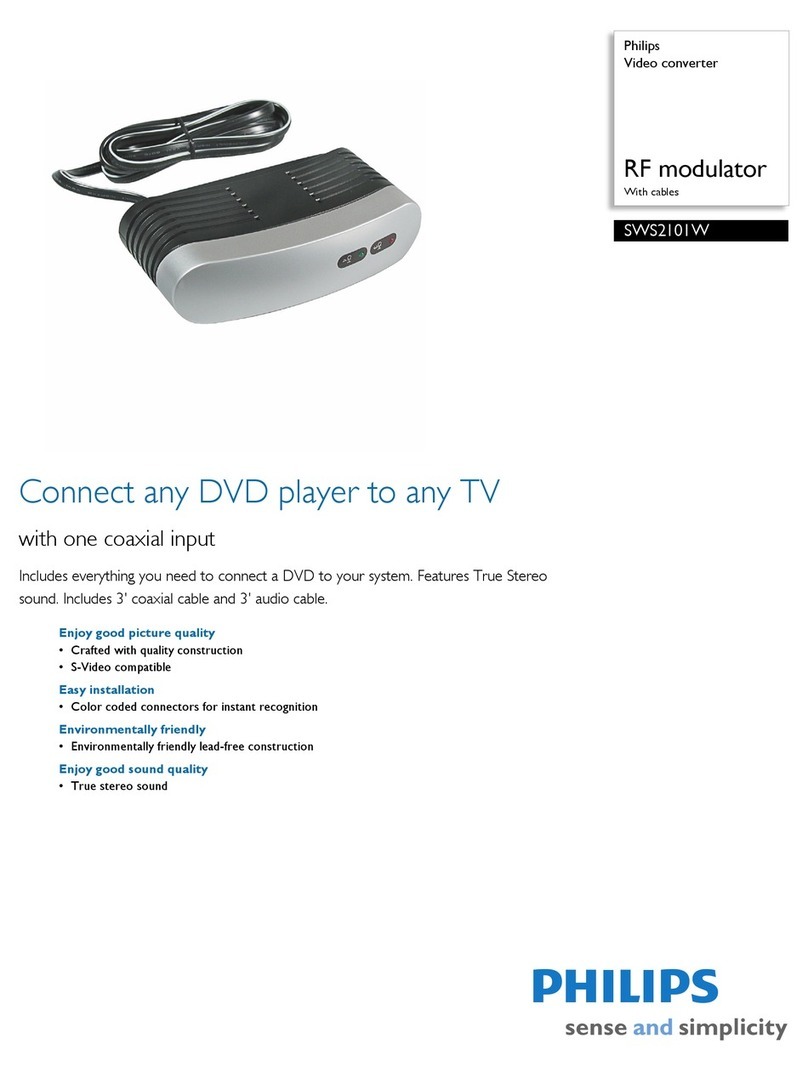Philips TDA8767 User manual
Other Philips Media Converter manuals
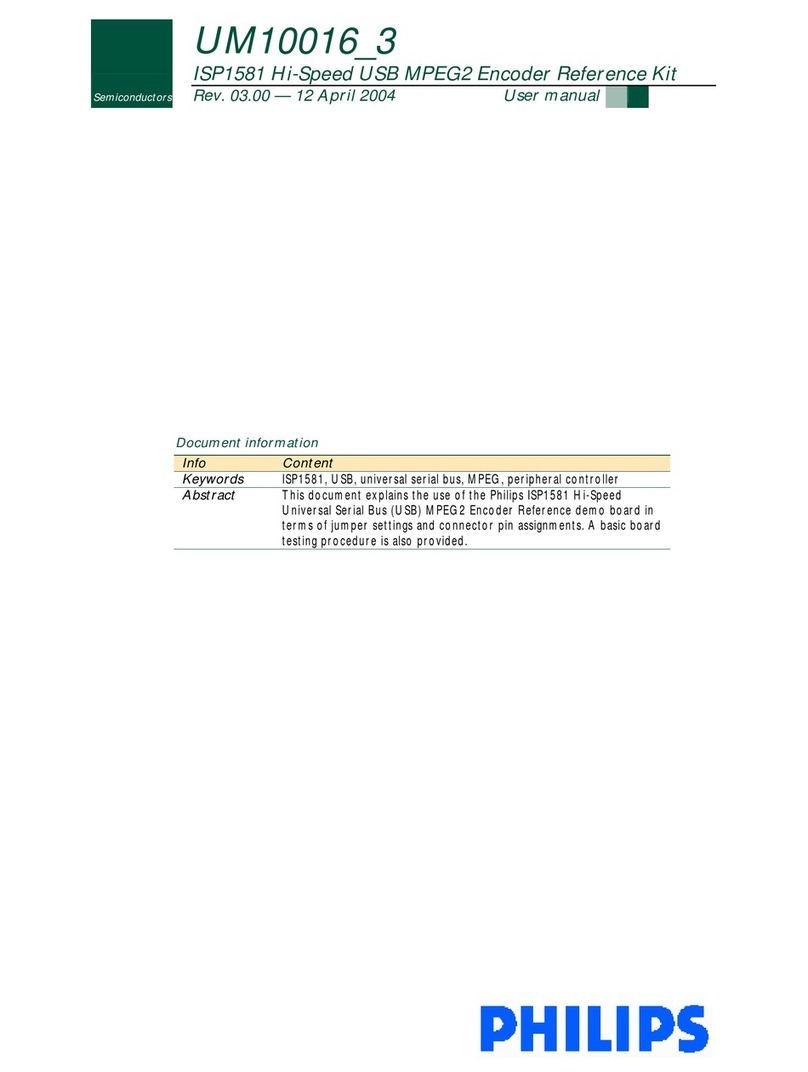
Philips
Philips ISP1581 User manual
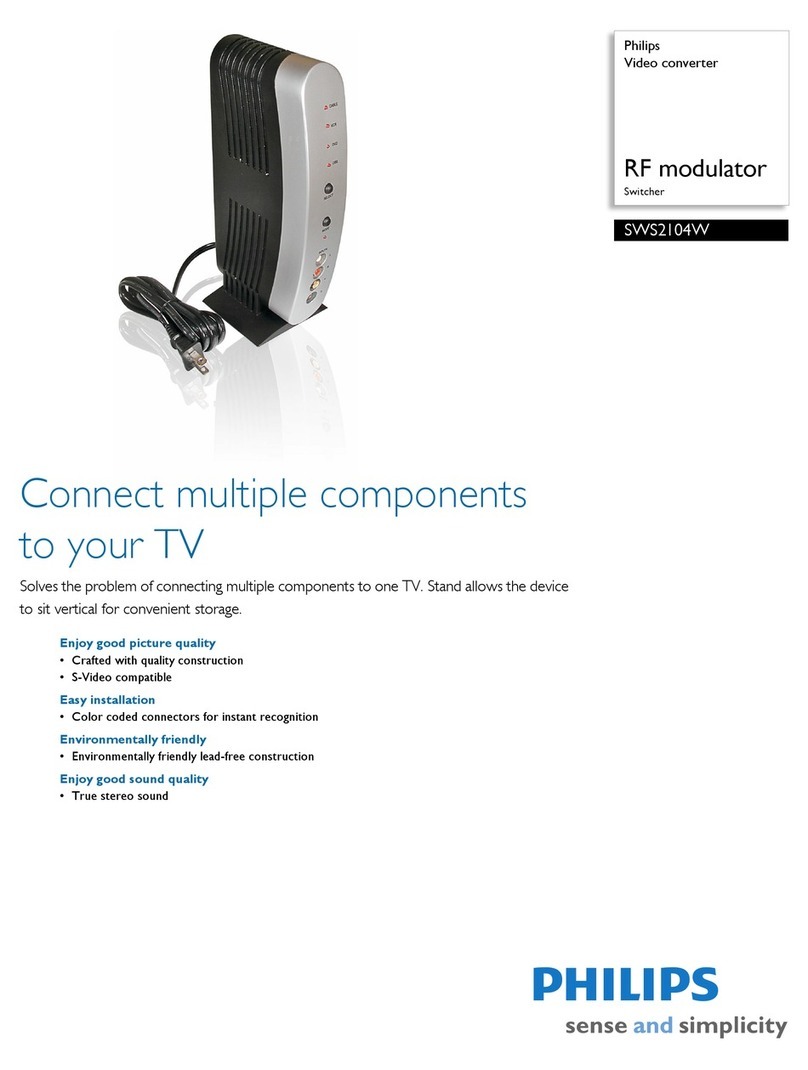
Philips
Philips SWS2104W User manual

Philips
Philips WAK3300/05 User manual

Philips
Philips WAS700/05 User manual

Philips
Philips BTM2460/96 User manual
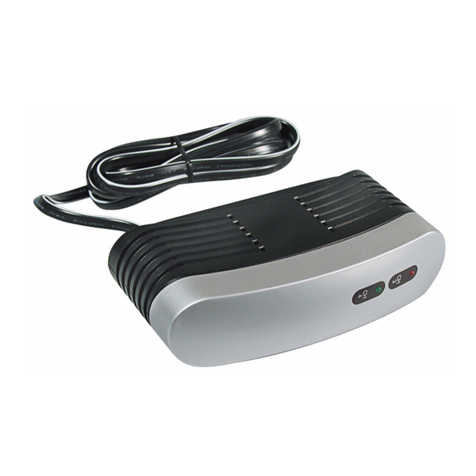
Philips
Philips SWS2103W User manual
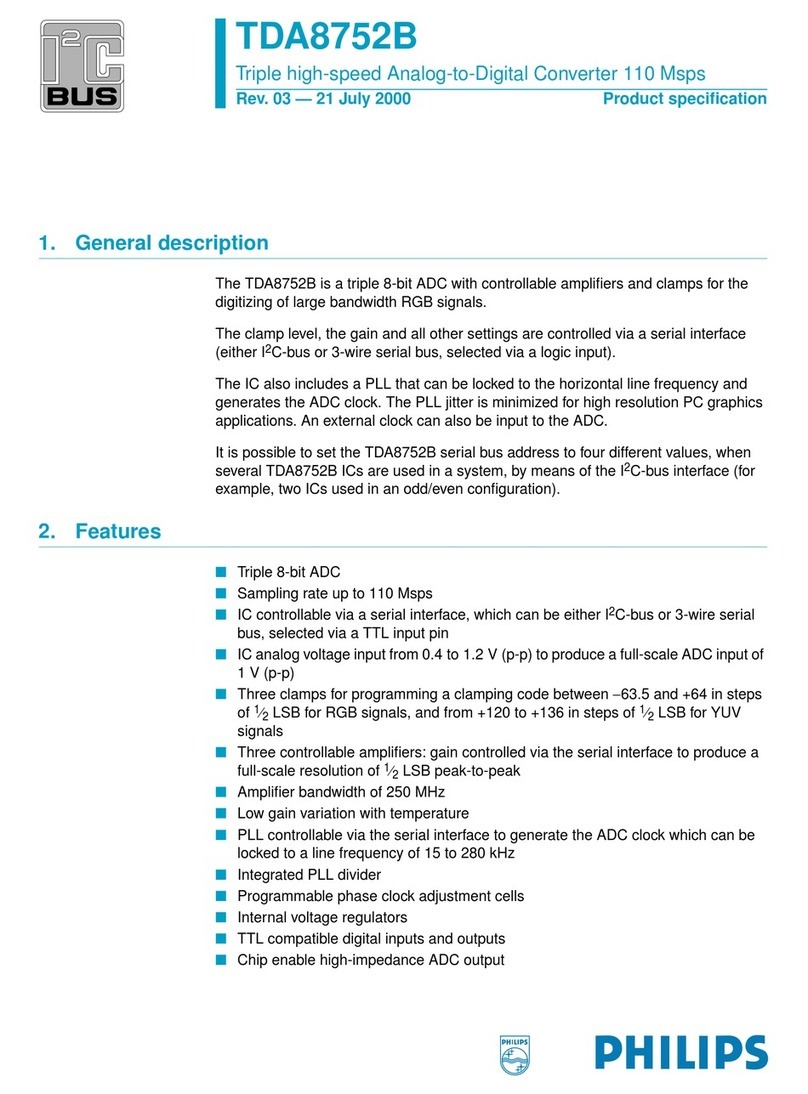
Philips
Philips Triple high-speed Analog-to-Digital Converter 110 Msps... User manual

Philips
Philips Streamium WAK3300/12 User manual

Philips
Philips WAS7000/05B User manual

Philips
Philips SAA7102 User manual
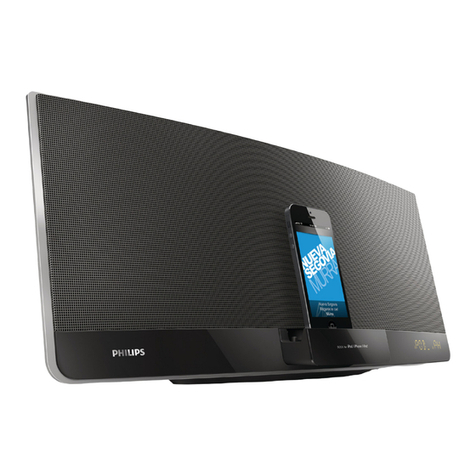
Philips
Philips DTM3280 User manual
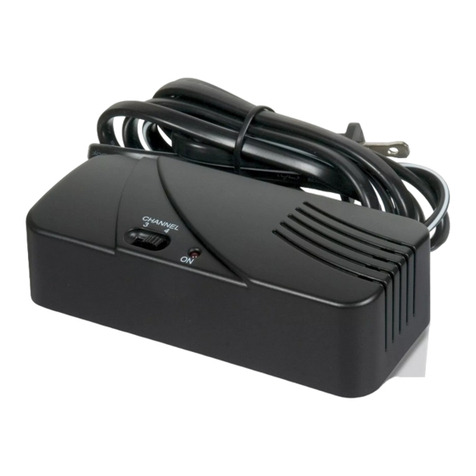
Philips
Philips SWS2102W User manual
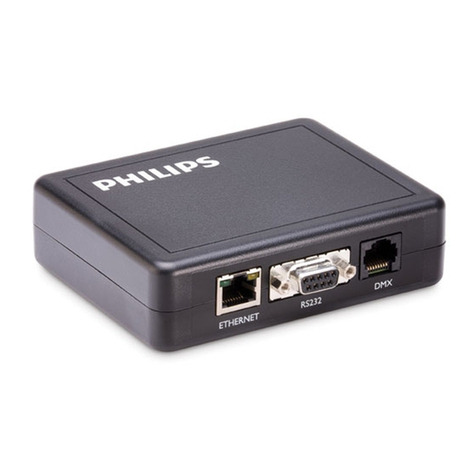
Philips
Philips Multi-Protocol Converter User manual
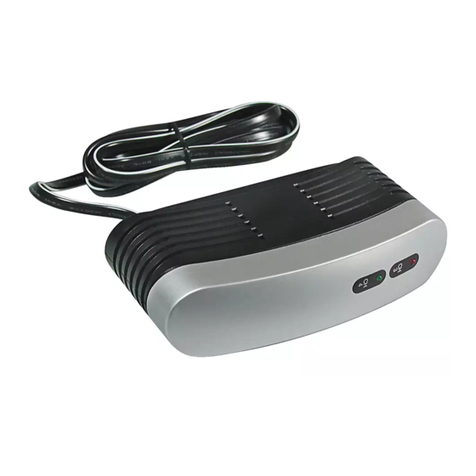
Philips
Philips US2-PH61156 User manual

Philips
Philips MCM2250 User manual
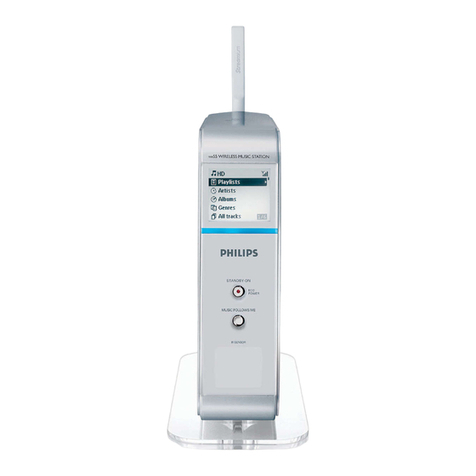
Philips
Philips Streamium WAS5 User manual

Philips
Philips mcm3350 User manual

Philips
Philips SM40 User manual

Philips
Philips SWA3557 User manual
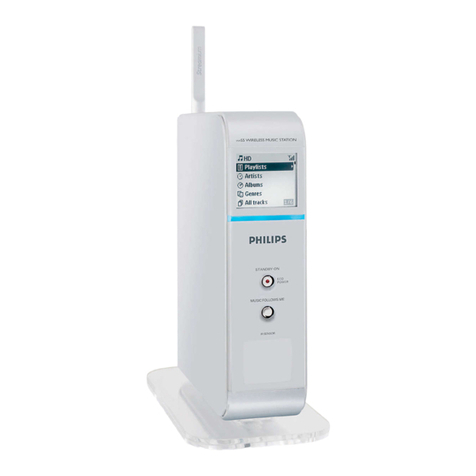
Philips
Philips WAS5/05 User manual
Popular Media Converter manuals by other brands

H&B
H&B TX-100 Installation and instruction manual

Bolin Technology
Bolin Technology D Series user manual

IFM Electronic
IFM Electronic Efector 400 RN30 Series Device manual

GRASS VALLEY
GRASS VALLEY KUDOSPRO ULC2000 user manual

Linear Technology
Linear Technology DC1523A Demo Manual

Lika
Lika ROTAPULS I28 Series quick start guide

Weidmuller
Weidmuller IE-MC-VL Series Hardware installation guide

Optical Systems Design
Optical Systems Design OSD2139 Series Operator's manual

Tema Telecomunicazioni
Tema Telecomunicazioni AD615/S product manual

KTI Networks
KTI Networks KGC-352 Series installation guide

Gira
Gira 0588 Series operating instructions

Lika
Lika SFA-5000-FD user guide



